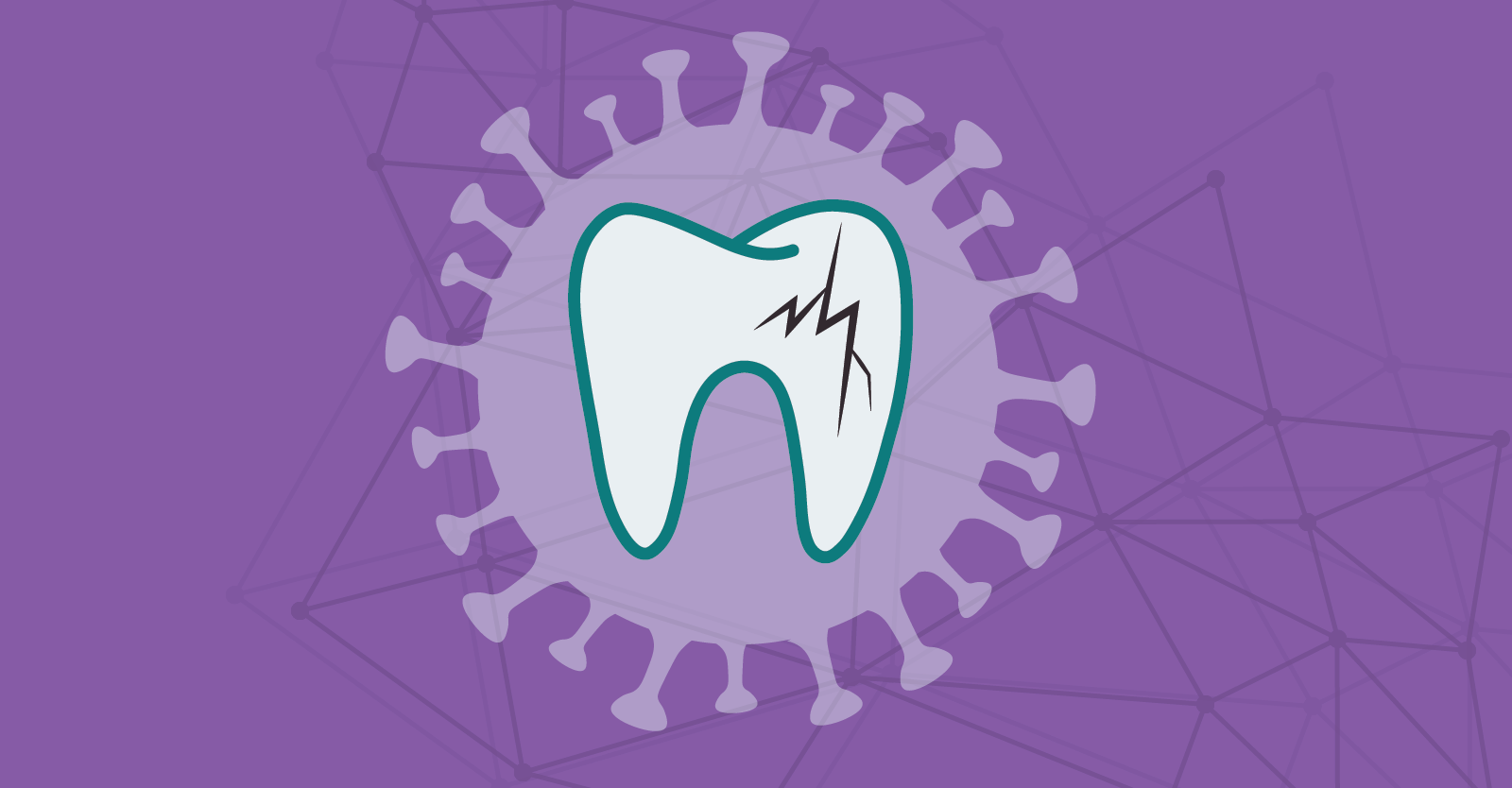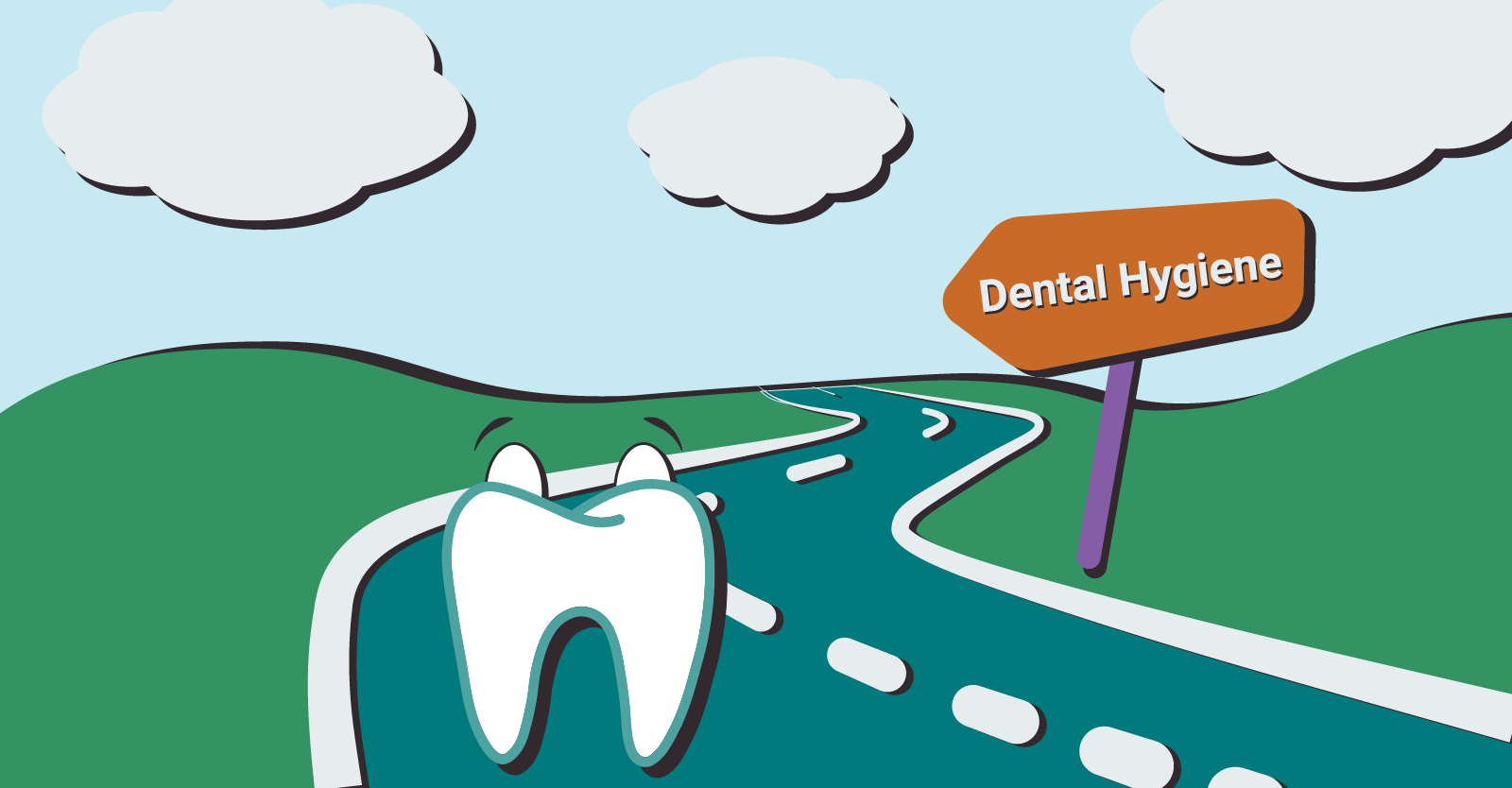Dentists may be one step closer to administering HPV vaccines in pursuit of whole-person health. Earlier this year, the American Dental Association (ADA) Code Maintenance Committee approved new CDT codes for oral health care provider-administered HPV vaccinations. This is a crucial step in addressing HPV, the most common sexually transmitted infection and a leading cause of oropharyngeal cancer.
The human papillomavirus (HPV) is the most common sexually transmitted infection in the U.S. At first glance, it may seem harmless compared to other sexually transmitted infections and diseases. In many cases, people don’t even know when they have contracted HPV.
But HPV is responsible for 12 percent of cancers worldwide, including cervical cancer, penile cancer, and many oral cancers. In fact, according to the CDC, HPV is thought to be responsible for 70% of all oropharyngeal cancers. 70%!
The vaccine has been proven to prevent both HPV and associated cancers. Specifically, of the 36,500 annual cancer cases caused by HPV, it has been found that 33,700 could have been prevented through vaccination.
Why Oral Health Care Provider-Administered HPV Vaccines?
“HPV is the leading cause of oropharyngeal cancers (cancers in the throat, back of the mouth, base of the tongue, and tonsils) in the United States,” said NCOHC Director Dr. Zachary Brian, who serves on the Code Maintenance Committee as a representative for the American Association of Public Health Dentistry (AAPHD) . “It’s more than appropriate that oral health care providers not only educate about HPV-associated risks but also serve on the frontlines to administer this life-saving vaccine.”
Brian, along with Dr. Sharon Perlman, a dental provider and CCARE Lynch Syndrome co-founder, drafted the new HPV vaccine code. Perlman also served on the Code Maintenance Committee as an AAPHD representative.
“We are lucky to have a strong advocate in Dr. Perlman,” said Brian. “She was a critical component in the drafting and passage of this new code.”
With oropharyngeal cancers claiming one life every hour in the U.S., and just over 50 percent of adolescents not completing the HPV vaccine series, there is clear room for improved prevention through increased access and education.
In 2021, NCOHC spoke with Dr. Jennifer S. Smith, a vaccine epidemiologist who has worked to improve HPV vaccine acceptance to prevent cervical cancer. She said that while the HPV vaccine has proven to be a valuable preventive tool for many forms of cancer, acceptance continues to be an issue.
One of Smith’s colleagues, Dr. Noel Brewer, found that informed providers who understand potential outcomes need to be part of the vaccination process. For example, the pediatricians who often administer HPV vaccines may not be as familiar with the realities of cervical cancer compared to oncologists who take care of cervical cancer patients. The perspective of a health care professional familiar with the disease endpoint – in this example cervical cancer – is vital in answering questions and encouraging vaccine acceptance.
Similarly, dental professionals can play a valuable role in educating people about oropharyngeal cancers and the benefits of HPV vaccination.
The best time to vaccinate against HPV is between 11 and 14 years old. Parents will understandably have questions, not just about the vaccine itself but about the health outcomes it can help prevent.
“Dental professionals already play a vital role in early detection and oral cancer literacy,” said Brian. “This uniquely positions us to engage in direct prevention as well.”
What is the Code Maintenance Committee, and Why is an HPV Code Important?
The ADA’s Code Maintenance Committee evaluates and votes on changes to the CDT Code, or the Code on Dental Procedures and Nomenclature. The procedural codes are meant to ensure a level of consistency in dental treatment, and they are used to file insurance claims for oral health care services.
“The adoption of the code marks the first of many steps, and it opens several doors,” said Brian. “It signals broad agreement on oral health care provider-administered HPV vaccines to payers and policymakers, and it provides a framework to integrate HPV vaccination into the practice of dentistry.”
At NCOHC, we’re pleased to see the dental profession moving in this direction, and we believe these changes can make a profound difference in preventing HPV and, ultimately, oropharyngeal cancers.
What’s Next?
The adoption of the new CDT codes alone won’t allow oral health care providers in most states to begin HPV vaccination.
In some states such as Illinois and Oregon, where dentists are already authorized to administer various vaccines, there likely won’t be much delay in adjusting their regulatory frameworks to allow for HPV vaccination. However, in most states, including North Carolina, state law will need to change for oral health care providers to be authorized to administer the vaccine. \
“We will need to modify state law to incorporate HPV vaccination into the scope of practice for oral health care providers,” said Brian. “For that to happen, it will be critical that we work closely with our partners across the state, including our medical counterparts and other advocacy groups.”
Insurers will also be important partners in this effort. While the necessary legal changes are being made, payers will also need to engage to encourage and support oral health care providers’ administration of the HPV vaccine.
“Once the policy has been updated and the reimbursement framework is in place, the dental profession will have a significant opportunity to improve population health,” said Brian. “The dental community could rapidly increase the availability of the HPV vaccine and add a much-needed perspective to cancer prevention efforts.”
NCOHC, a program of the Foundation for Health Leadership & Innovation, works to advance systems-level changes, improving the overall health and well-being of all North Carolinians by increasing access and equity in care. To stay up-to-date and get involved, join us today as a North Carolinian for Change.






